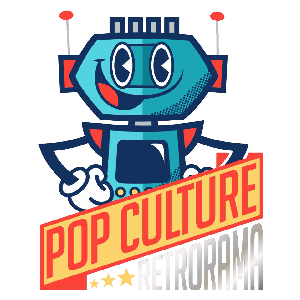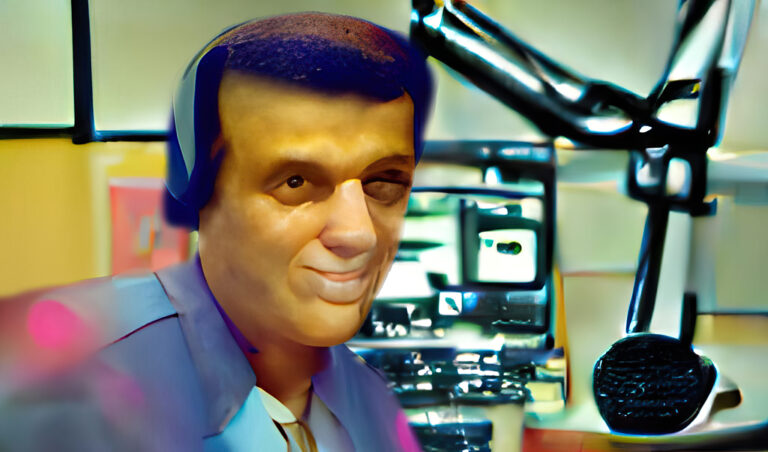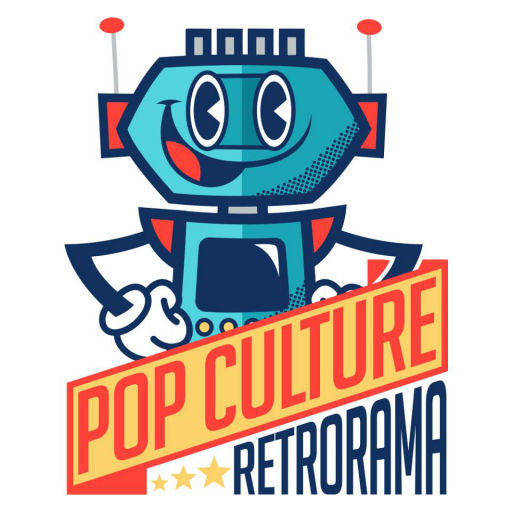Searching a suspiciously Southern-California-esque post-apocalyptic landscape for people in need of help – and the message of the week – Ark II managed to find a cult following.
Filmed and aired in 1976, Ark II was an unusual show, even for Filmation Studios. The company, renowned for its prolific (but budget-conscious) animated output, had been dabbling in live-action since 1970, including live-action segments in otherwise animated shows. In 1974, an adaptation of the Captain Marvel comics was Filmation’s first all-live-action series, Shazam!, with The Secrets Of Isis and The Ghost Busters premiering the following year. Like its cartoon output, Filmation’s live-action shows were a bit budget-addled, though well-intentioned (and well received by an affectionate target audience). In terms of TV animation, Filmation was racing to stay in third place behind Warner Brothers and Hanna-Barbera. But much of the company’s programming was also licensed, at least in part, from comic companies and other media entities: Filmation was also behind the animated version of Star Trek in the early ’70s, along with countless other cartoon versions of shows such as The Brady Bunch, Gilligan’s Island, Batman and Lassie, to name just a few.

Ark II was an attempt to move into completely original programming, as well as an attempt to up the stakes in terms of production values to compete with, if not big-screen science fiction, then at least the genre programming that was on television at the same time. In the pre-Star Wars 1970s, it wasn’t a bad attempt either. Much of the show’s budget was spent on its main vehicle, its primary prop, and arguably its most marketable image: Ark II itself, a custom-built vehicle constructed on an existing truck chassis. This vehicle was one-of-a-kind, and there was no backup for it in case of damage.

Following that vehicle’s lead, other vehicles were the real stars of the show, from the open-top Roamer vehicle to an actual jet pack developed by Bell Helicopter for military use (and ultimately abandoned because the ratio of thrust to weight could never be conquered: to fly longer than 30 seconds, more fuel would be needed, meaning a larger tank, both of which added weight to the jet pack which it would then have to lift). The abandoned jet pack was sold to a private collector who rented it out to Filmation and personally flew it for the copious stock footage that would appear throughout the show’s short run. Though it was dubbed over with whooshing “jet” sound effects for the show, the actual jet pack was so noisy that a fuel sensor was connected to a device not unlike a “knocker” from a pinball machine in the pilot’s helmet – rattling his head to warn him that he had only a few seconds to land before fuel ran out. (Presumably, ignoring the noggin-knocking warning would result in far worse cranial damage than the warning itself caused.) Despite showing up multiple times in many episodes, the jet pack was only flown eight times for the cameras – and Filmation covered each flight with four film cameras to ensure they got the necessary footage in the can. (The stock footage is a dead giveaway: the pilot wears an Ark II uniform that appears to be light blue, whereas the costumes worn by the actors were predominantly white.)

Soap opera veteran Terry Lester was cast in the lead role of Jonah, the laid-back, almost-hippie-like leader of the team who would usually wind up with the task of not only saving the day, but giving voice to the writers’ often obvious moral messages that accompanied each week’s episode. The other regular cast members were relative unknowns with little acting experience under their belt, and certainly not experience in the rigorous filming schedule of a regular series. To make things even more surreal, the fourth regular cast member was a trained chimpanzee, prone to unpredictable behavior like biting fellow cast members. Looks like HR only gets called about these things if human resources are involved.

Perhaps the most surprising thing about Ark II was that it was a post-apocalyptic story for kids. The cause of the fall of society was kept somewhat fuzzy – in the episode The Cryogenic Man, Jonah blames the primitive state of the world on “pollution… hunger… wars,” almost as if the latter didn’t have a lot to do with it, while each week’s opening titles state “pollution and waste” are the culprits. Ark II roamed the surface of a destroyed world, but more often than not, it wasn’t a terribly scary destroyed world.

But after 15 episodes of that world, production wrapped with no plans for a second season. Ark II ran on CBS for several years, repeating those 15 episodes endlessly on Saturday mornings, but Filmation responded to a general sea change in science fiction that occurred between the summer of 1976 – the summer of Logan’s Run – and the summer of 1977 – the summer of Star Wars. The genre’s future was clearly in space, and Filmation was already at work on the successor to Ark II – an unabashedly space-based sci-fi-for-kids project called Space Academy.





+ There are no comments
Add yours